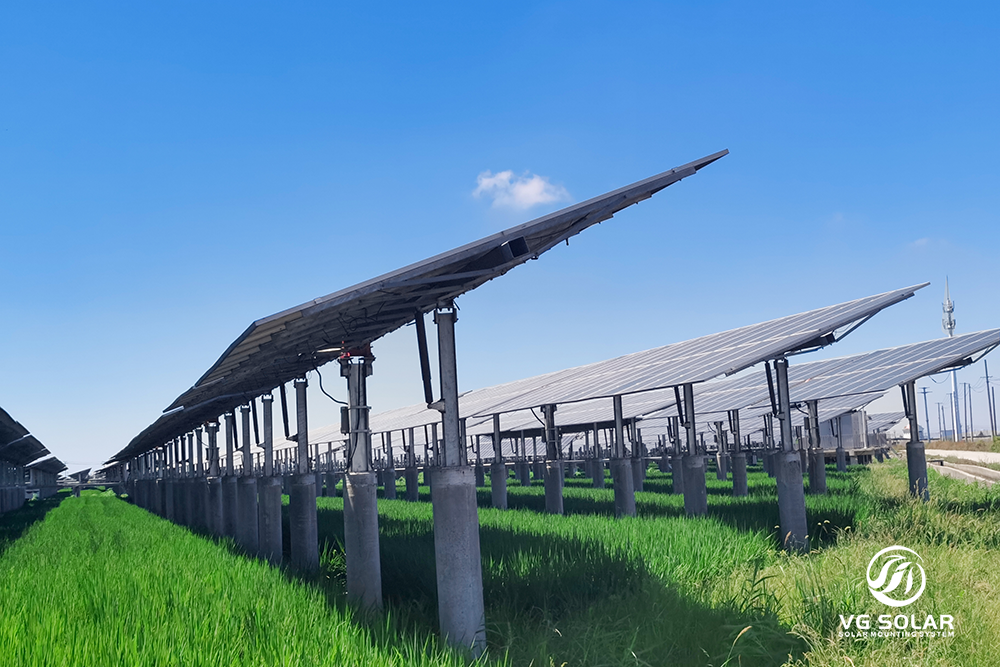The renewable energy sector has undergone significant changes in recent years, with photovoltaic (PV) technology leading the revolution. Among the many innovations in solar energy, PV tracking systems are a standout solution with unique advantages that are being recognised and adopted by power station projects worldwide.
These systems are designed to optimise solar energy capture by adjusting the direction of solar panels throughout the day. Unlike fixed solar installations, which remain stationary, tracking systems follow the path of the sun, ensuring that the solar panels are always at the optimal angle to maximise sunlight. This dynamic capability can significantly increase power generation, making tracking systems the preferred choice for many power station developers.
One of the most compelling aspects of photovoltaic tracking systems is their proven ability to increase power generation. Recent data from a national test bed confirms that using tracking brackets can significantly boost power generation. These results emphasise the effectiveness of tracking technology in maximising energy output, which is crucial for meeting the world’s growing demand for renewable energy. As countries strive to transition to clean energy, tracking systems are becoming increasingly popular and gradually gaining market penetration.
The benefits of photovoltaic tracking systems extend well beyond mere energy efficiency. They are particularly well-suited to a variety of terrains, including rugged terrain which can present challenges for traditional fixed installations. Iterations in tracking system technology continue to evolve in order to adapt to these changing conditions, ensuring that solar panels can be deployed effectively in a variety of environments. This adaptability expands the potential of solar power generation and increases the feasibility of power station projects in areas previously considered unsuitable for solar energy development.
Additionally, the economic benefits of using photovoltaic tracking systems are significant. While the initial investment may be higher than that required for fixed systems, the long-term benefits in terms of increased power generation and reduced levelised cost of electricity (LCOE) make tracking systems highly attractive to investors and developers. As solar technology becomes more affordable, the financial viability of tracking systems increases, making them a wise choice for new power station projects.
In addition to their economic and operational advantages, photovoltaic tracking systems can help power plant projects to achieve their sustainable development goals. By maximising energy capture and efficiency, these systems reduce the carbon footprint associated with energy production. This aligns with global efforts to combat climate change and transition to a more sustainable energy future.
All in all, PV tracking is a game-changing technology that brings significant benefits to power plant projects. With the ability to significantly increase power generation, adapt to uneven terrain, and help achieve sustainable development goals, it is no surprise that this innovative solution is becoming increasingly popular in the renewable energy sector. As the penetration of PV tracking systems continues to increase, we can expect to see more efficient and sustainable ways of generating solar power, paving the way for a cleaner, greener future.
Overall, PV tracking is a revolutionary technology that offers major advantages for power plant projects. With its ability to increase power generation significantly, adapt to uneven terrain and help achieve sustainable development goals, it’s no surprise that this innovative solution is growing in popularity within the renewable energy sector. As PV tracking systems become more widely adopted, we can expect to see more efficient and sustainable ways of generating solar power, paving the way for a cleaner, greener future.
Post time: May-23-2025


